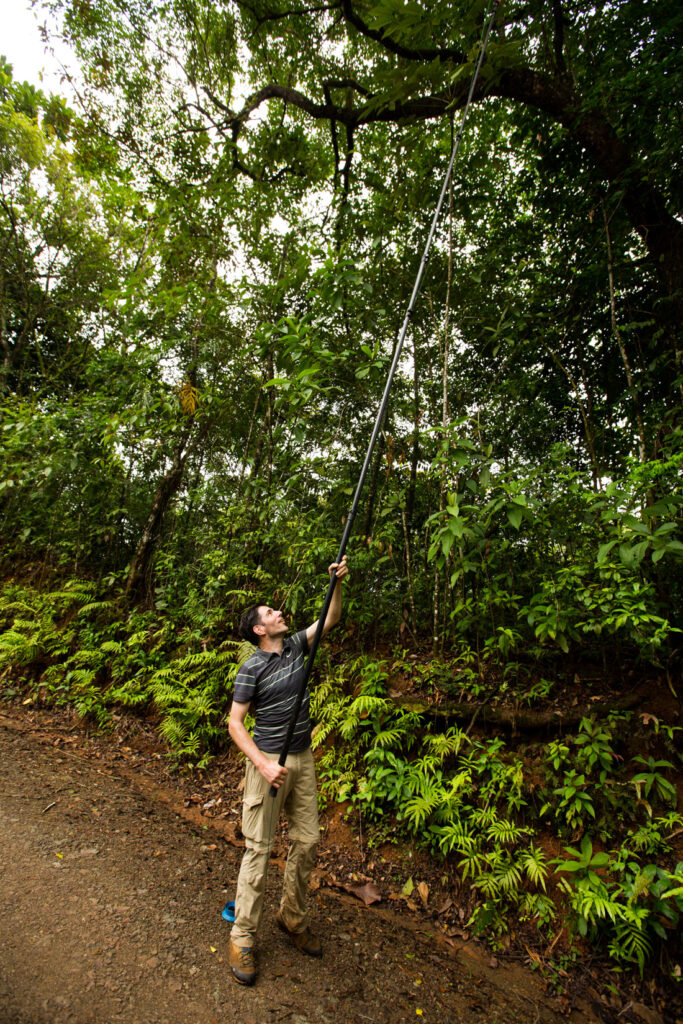Across the tropics, deforestation and land-use intensification are increasingly threatening the preservation of biodiversity and critical ecosystem functions and services such as carbon sequestration, soil conservation and the regulation of water cycles.
The disappearance of mature forests leads to an increasing reliance of many societies on strategies to reintegrate trees and forests in their environment through planting and natural regeneration, yet these efforts depend on many factors at multiple scales. Many key questions need to be addressed in order to provide guidelines for local and landscape-scale forest restoration efforts.
Research Streams
My research is concerned with how human land-use and ecological processes interact to generate patterns of species diversity, shape plant community dynamics and affect ecosystem functions.
I want to contribute a better understanding of ecological processes that determine the potential for the conservation of biodiversity and restoration of ecosystem functions in human-modified tropical landscapes. I believe that this understanding is essential for the development of effective strategies for the restoration, management and conservation of biodiversity and ecosystem services. Within my overall research program, I have three main areas of research interest:
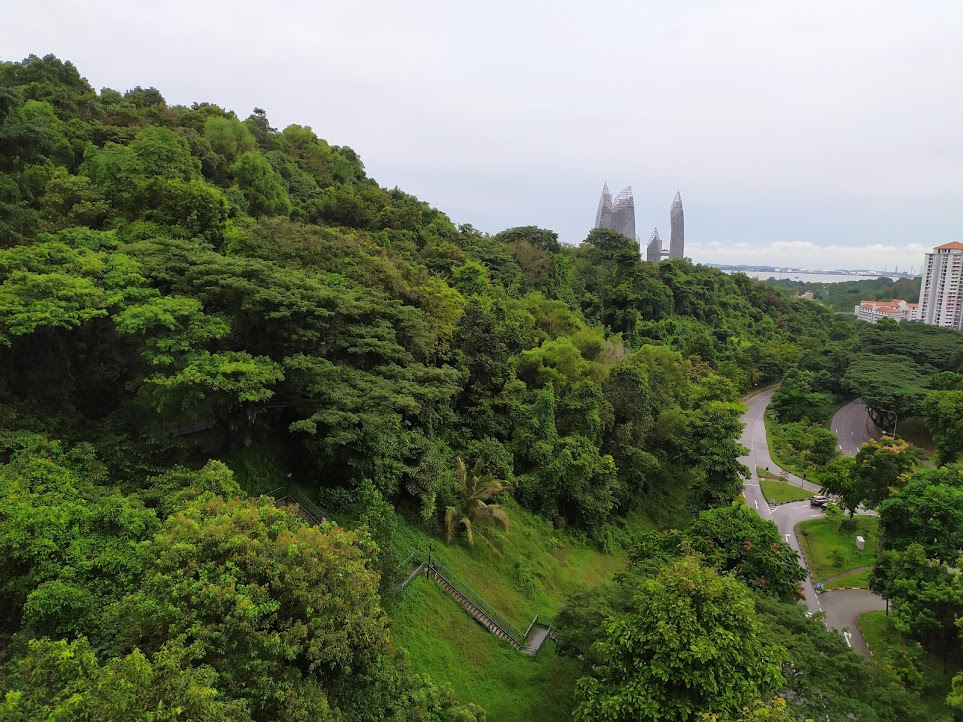
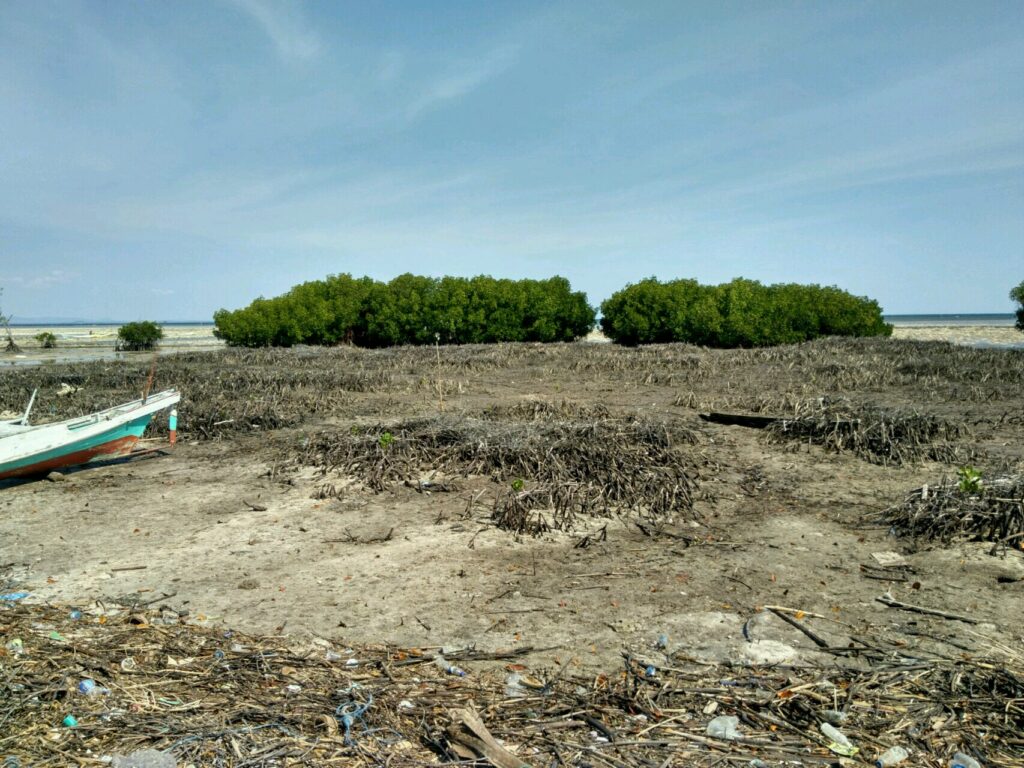
1) Secondary forest growth and the recovery of forest ecosystem services.
Secondary forests constitute an increasing proportion of the remaining forests in many tropical regions and are key to the resilience of ecosystem functions and services in human-modified landscapes. My work centres on the spatial-temporal dynamics and biotic interactions of ecosystem recovery.
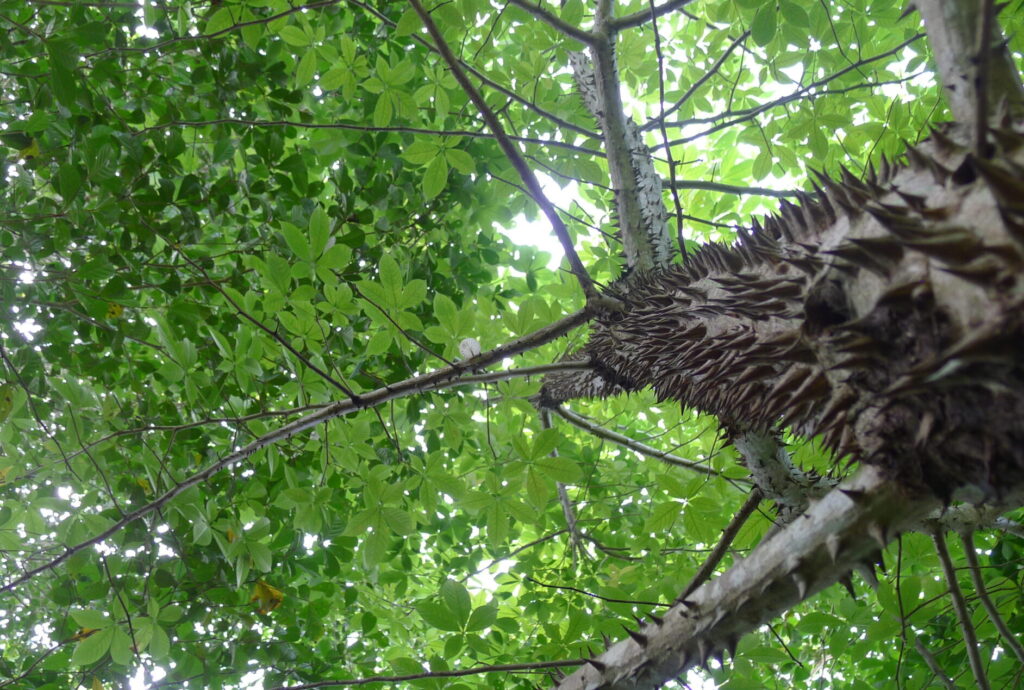
2) The ecological drivers of the re-assembly of plant communities during natural succession.
Research on tropical forest succession has traditionally focused on deterministic shifts in species composition driven by local niche processes. My work builds on this tradition but looks at both local and landscape-scale processes, which in turn drive temporal variation and spatial heterogeneity in tropical plant community succession.
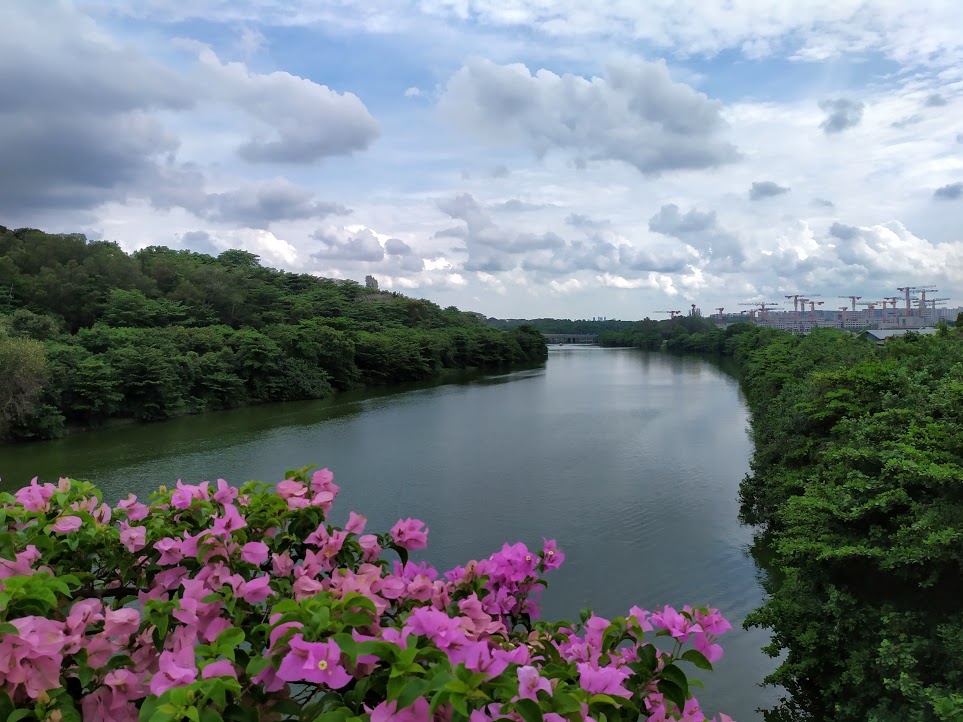
3) Traits, environment, and the performance of trees in a human-modified environment.
The choice of tree species is pivotal to the success of forest restoration efforts and for obtaining desired ecosystem services by integrating trees in rural or urban social-ecological systems. Yet, while tropical forests are hyper-diverse, ecological data on tree species is only available for very few species. My work in this area includes the study of tree growth, mortality, and recruitment in environments impacted by humans with attention to abiotic/biotic interactions. I also explore the use of plant traits to predict the performance of tree species beyond those for which we have demographic data.
Study Systems
I am a field ecologist and most of my work has taken place (Mexico) and still takes place (Panama, Singapore) in tropical field sites established for long-time monitoring of regenerating forests.
These systems have all in common that they create and/or include naturally-occurring variation in the diversity and (functional) composition of plant communities and in their environment. They thus offer alternative approaches to quantify and scale the influence of abiotic conditions, diversity, functional composition, life history traits, and species interactions on community assembly and ecosystem processes and to evaluate the implications for conservation opportunities, net primary productivity, and ecosystem services of ‘new forests’ and planted trees in urban settings.
These sites each involve extensive collaborations with researchers from different disciplines such as ecophysiology, community ecology, ecosystem science, remote sensing, plant-animal interactions, soils science, and hydrology.
Please select from the study sites listed on the menu above to further explore our work!
